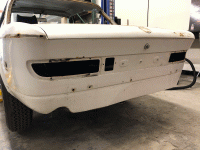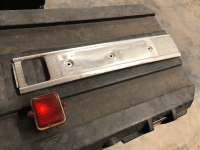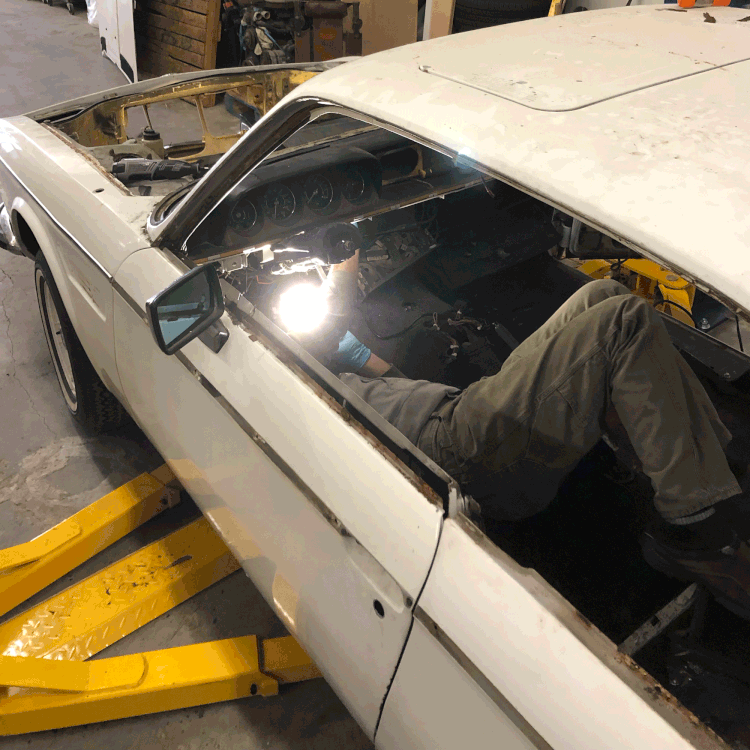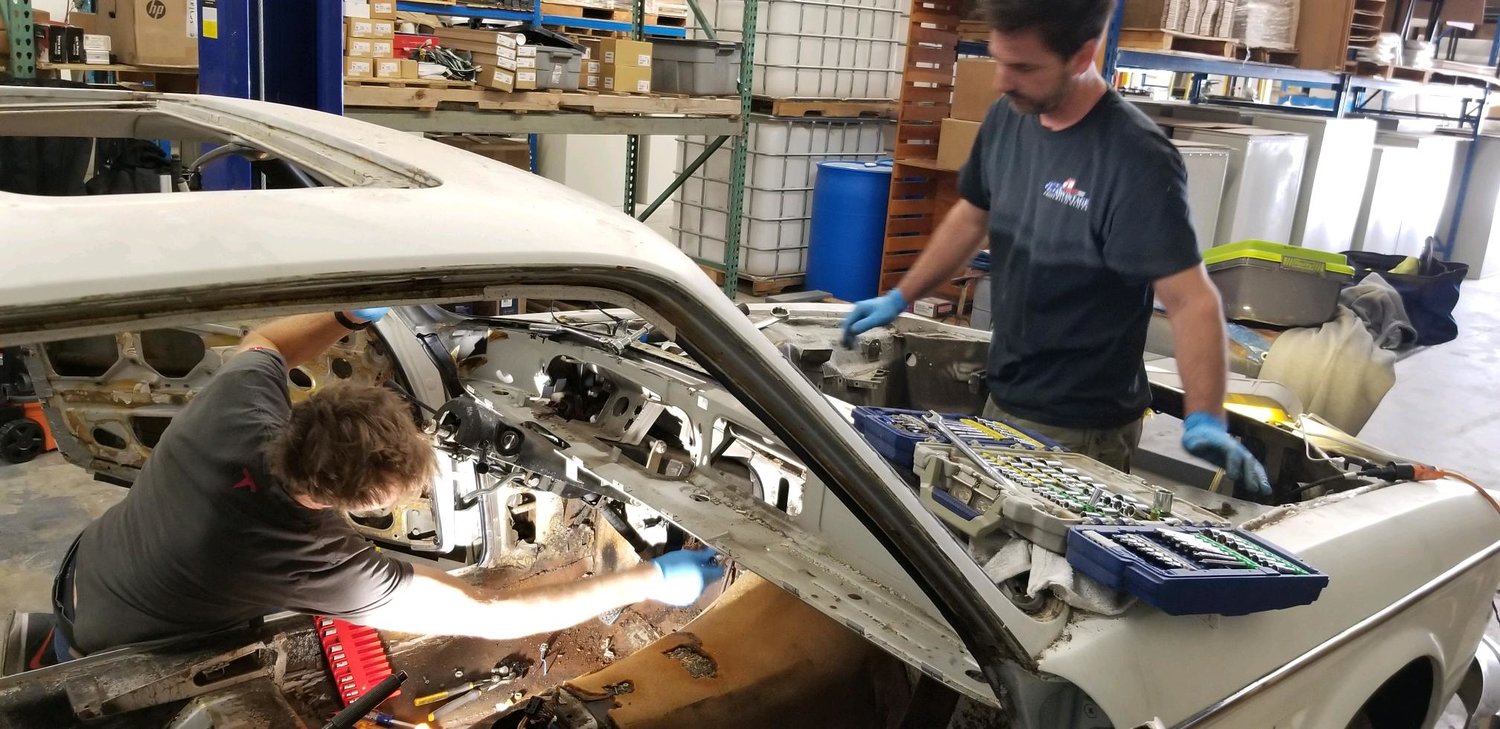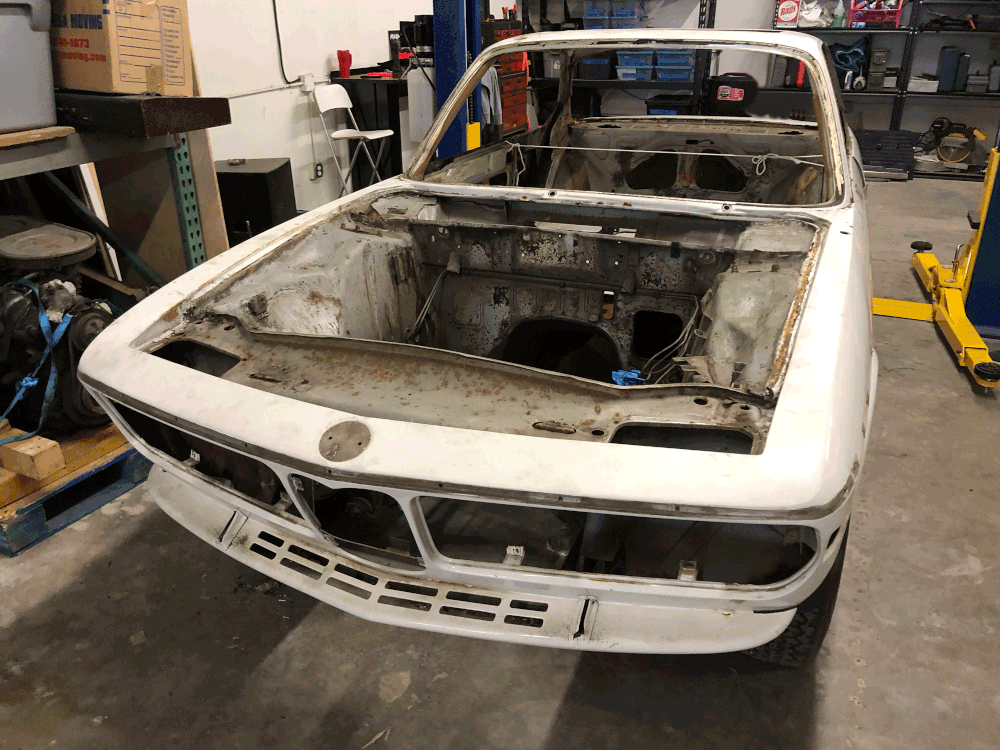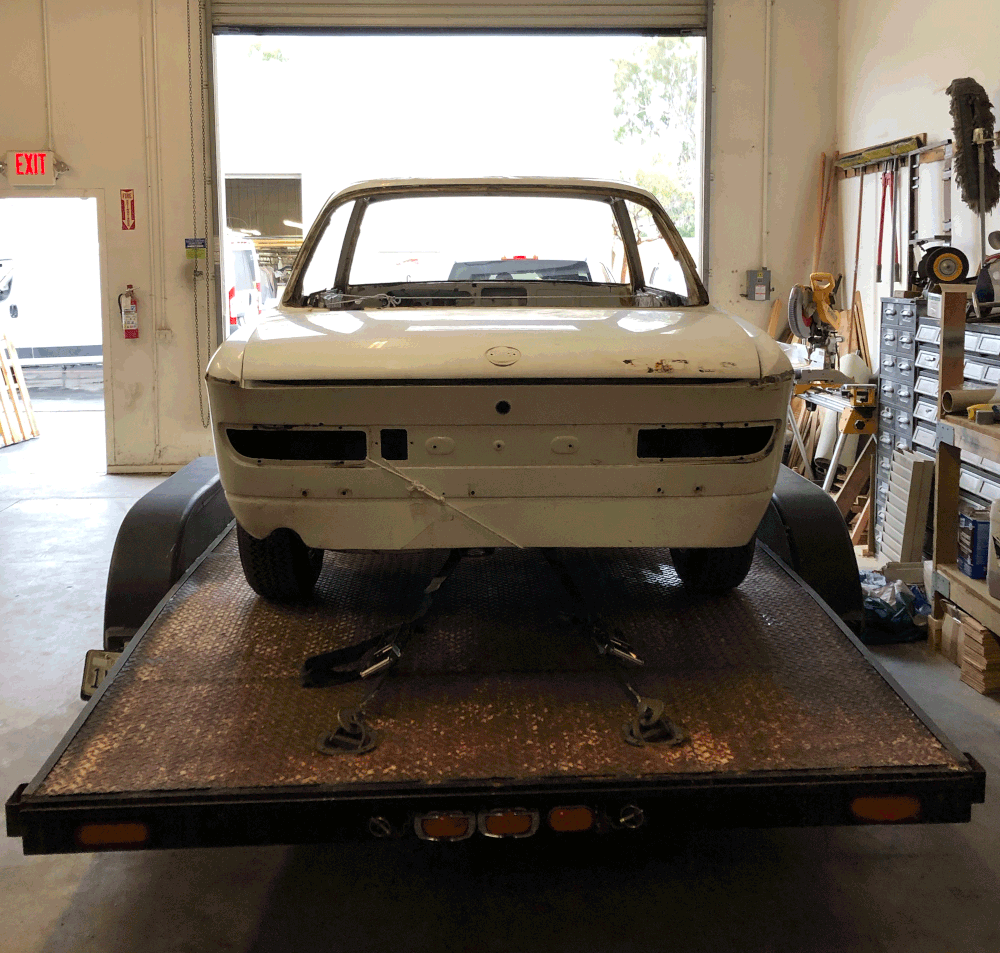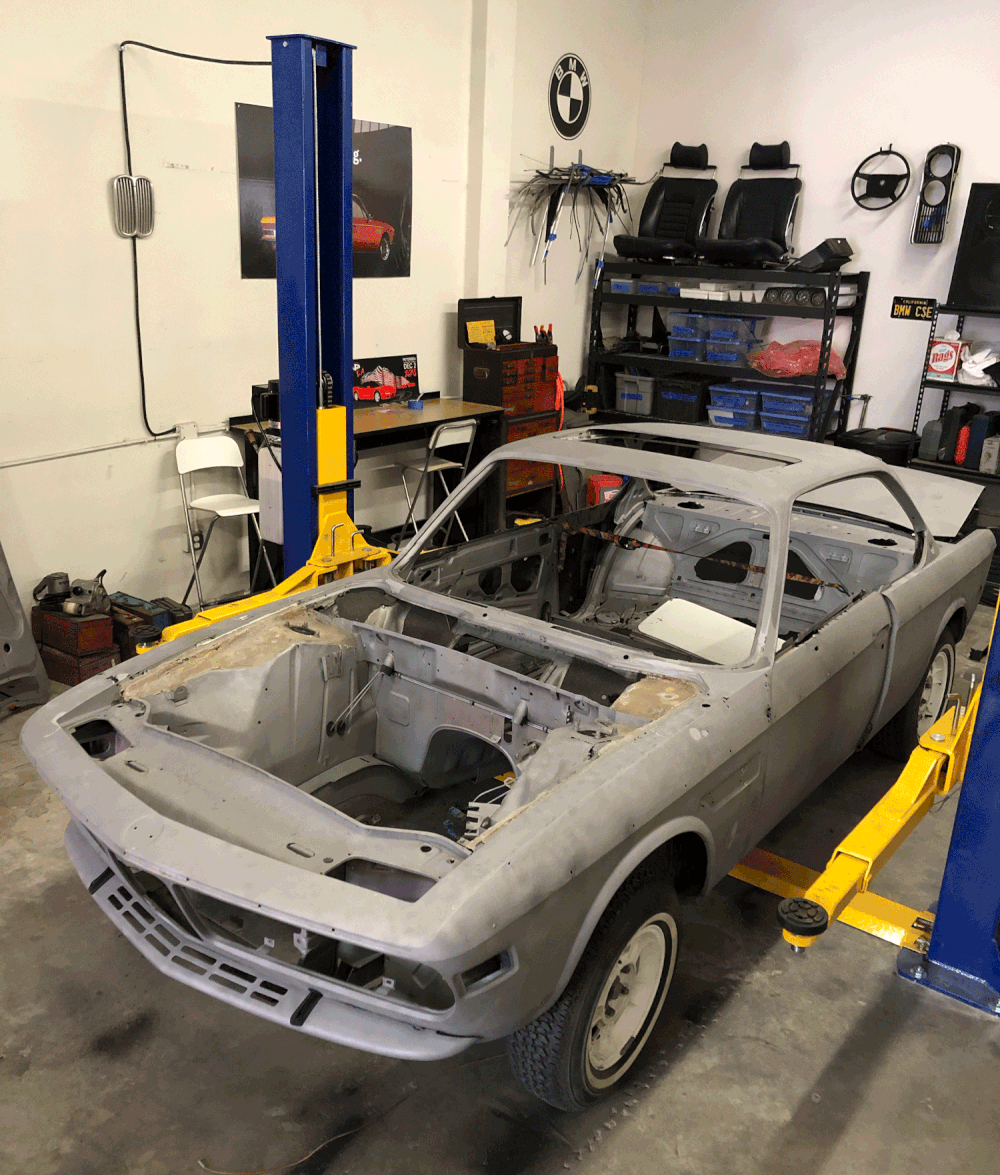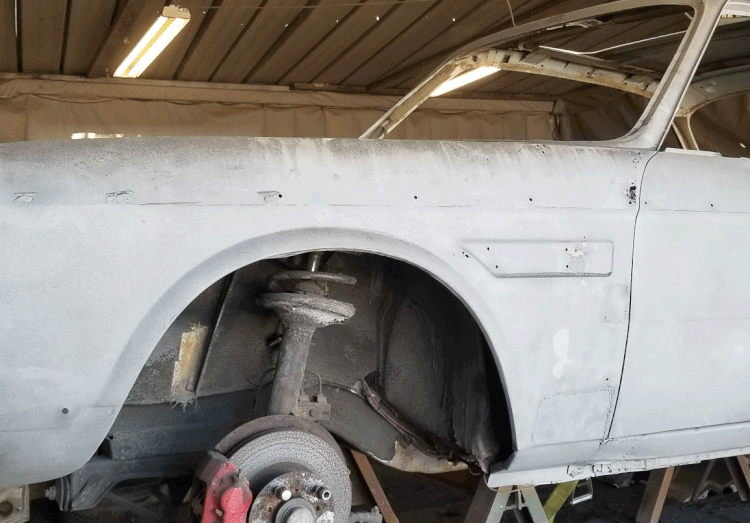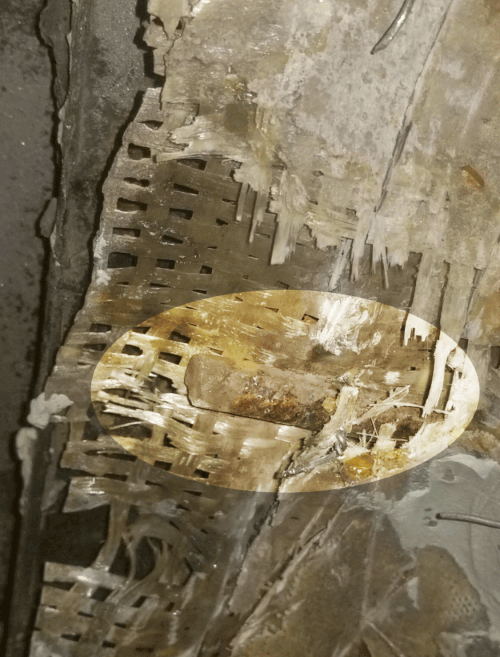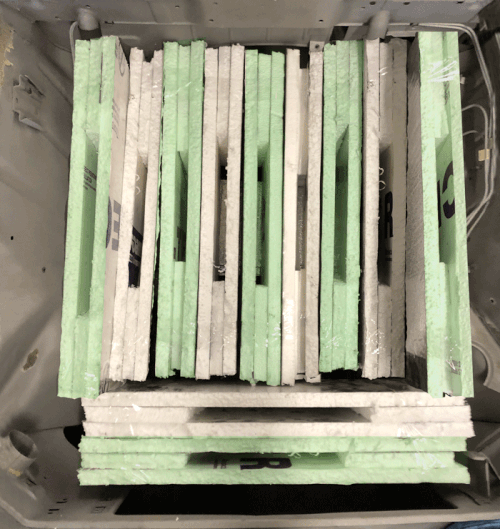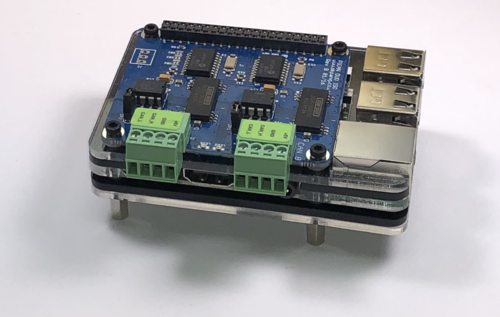Here's another full update from the blog. Once again, it's written for the general public. You guys know these cars better than I or those that read the blog, so don't be too offended
November was an extremely busy month outside of this project. We only were able to fit in a few half-day sessions on the car, but that was enough time to get her stripped down and sent off to be blasted.
The Hanz and Franz Effect
Since Karmann had coach-built these cars for BMW, we discovered some very interesting peculiarities as we were disassembling. At the risk of sounding insensitive (but with a tribute to Saturday Night Live) we dubbed this the “Hanz and Frans” approach to building cars.
The best we can tell, Hanz was responsible for the driver’s side, while Frans assembled the passenger side. Where Hanz would use a 5mm phillips screw to attach a bracket, Frans would use a 6mm hex bolt to attach the same bracket on his side. One might argue that this was not the case - instead attributing it to 44 years of repair work done by various people. Probably so. We prefer to imagine Hanz and Frans starting the day with a good strength workout, putting down plenty of sausage, then getting to work assembling the car each using whatever bin of fasteners they had handy.
The Quality and Design
On the other hand, it was equally fascinating to discover some wonderful engineering and design. The dash for example. While it appears to be robust component, it is instead a series of small layered assemblies. The steel of the dash frame forms the entirety of the shape. Wonderfully high grade plywood forms the dash trim pieces themselves, and 44 years later, they are still in terrific condition.
We bagged, tagged, binned, and categorized every part on the car. So many trim pieces are in terrific shape and can go right back on, while so many more will be cleaned, straightened, polished, painted, wrapped, powdered, or chromed.
We had great fun cutting away every bit of wiring in the car. One buddy that dropped by left in horror wondering how we were planning to recreate the wiring harness. We could hear him yelling as he drove off “So long suckas- have fun putting that back together!”
We wanted to start fresh with the wiring for a few reasons: First, none of the wiring that had to do with the gas motor will apply. Second, we want to modernize how the lights and windows are powered. No longer does every light, motor and switch require several wires running to it. We will be running LEDS for nearly every light, so fewer, smaller gauge wires can be ran to just about everything. Finally, we need to account for the 12v side of the EV systems. For the combination of these reasons, we want to design an entirely new wiring schematic. The goal is that it will look like we bought and installed a modern factory wiring harness.
Off to the Blaster
Finally, she was ready to head to the blasting shop. We agonized about removing the suspension and fabricating a dolly for her, but in the end we opted to send her off on her own tires. We will remove the suspension when she returns and finish grinding and sanding those last sections ourselves before we begin the metalwork.
We can’t wait to see her return as bare metal. We have new floors and frame rails ready to weld in along with a number of other areas which we will better evaluate when the paint is off.
Until next time!
Paul
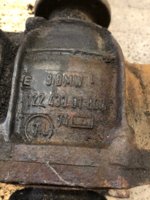
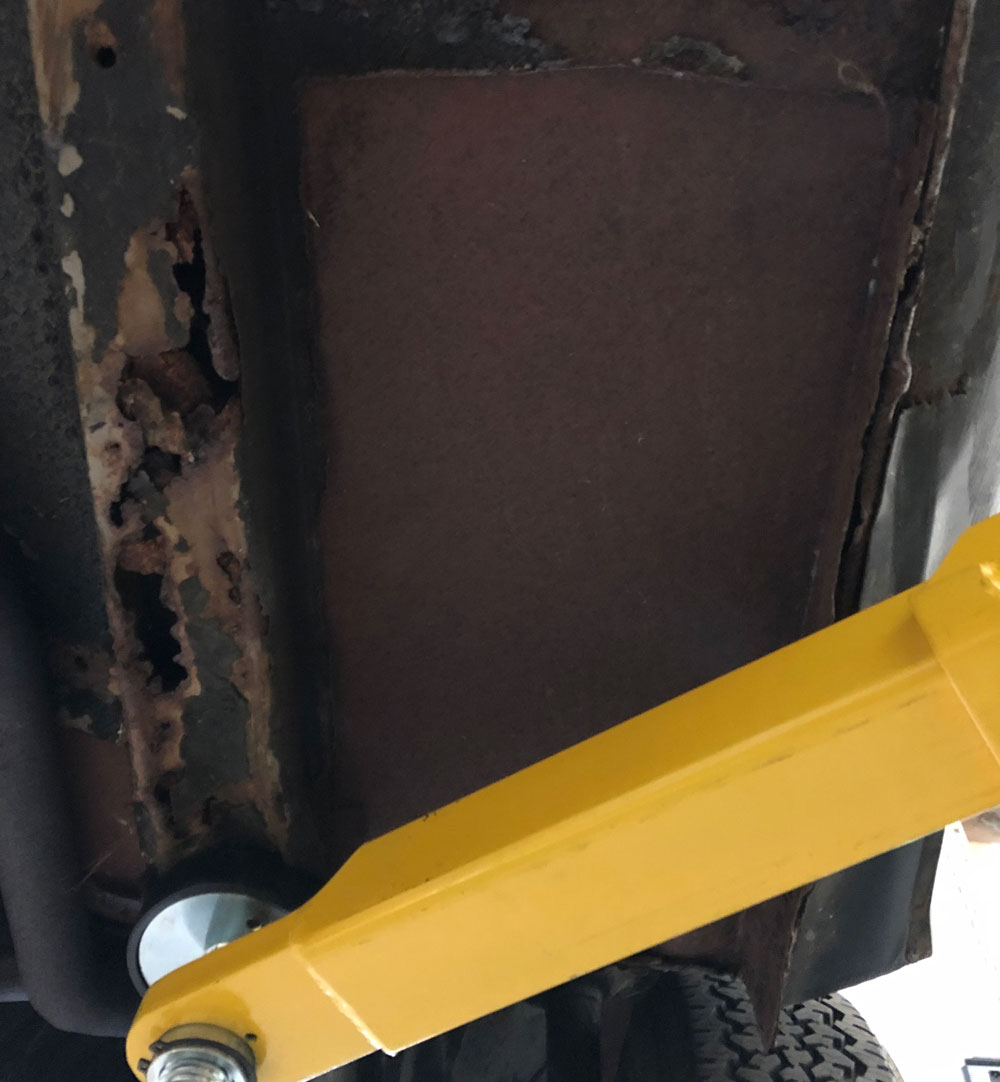


True, the passenger rail is about shot and will be replaced. Probably the other side as well just to be wholistic about things.
